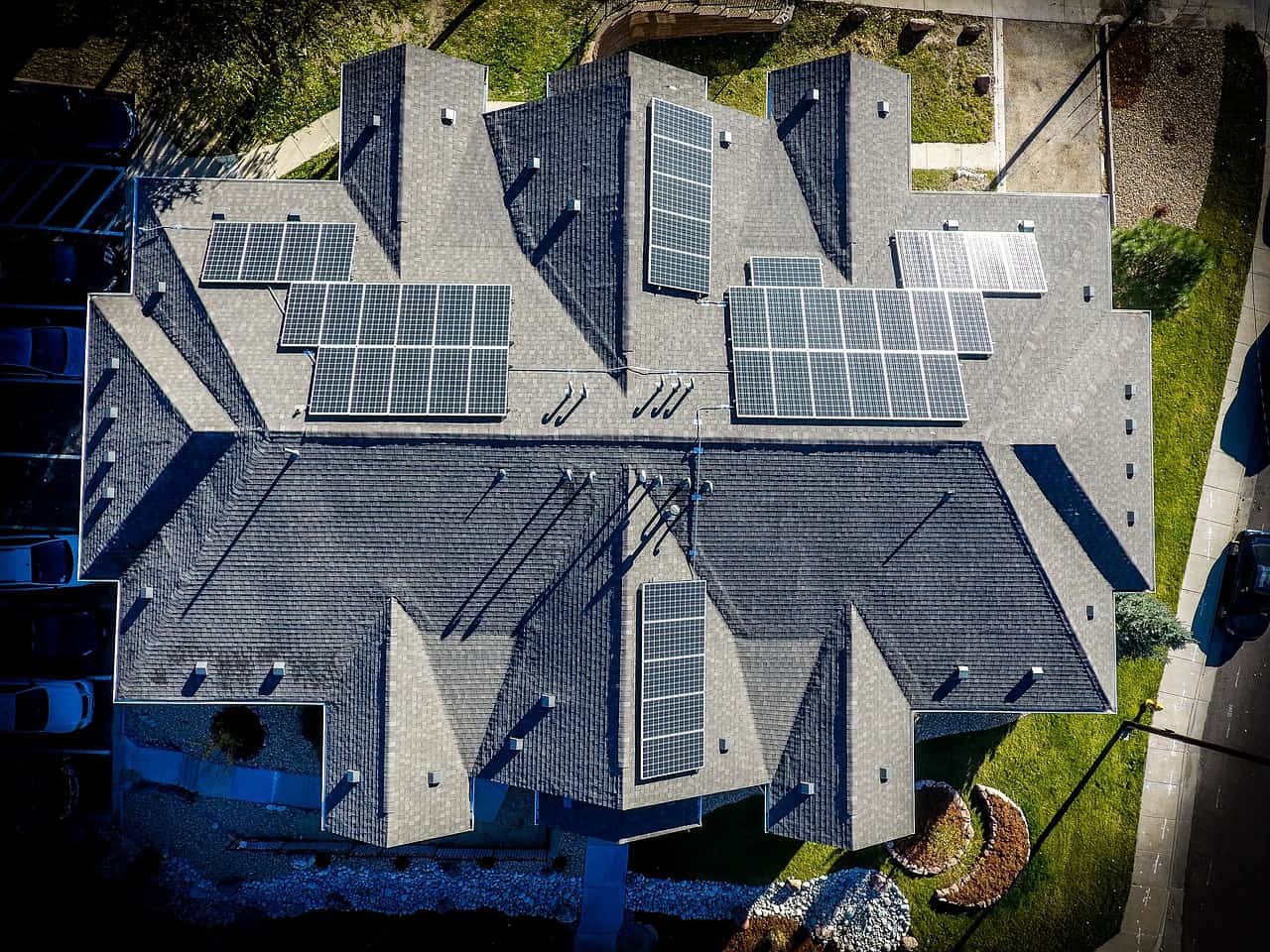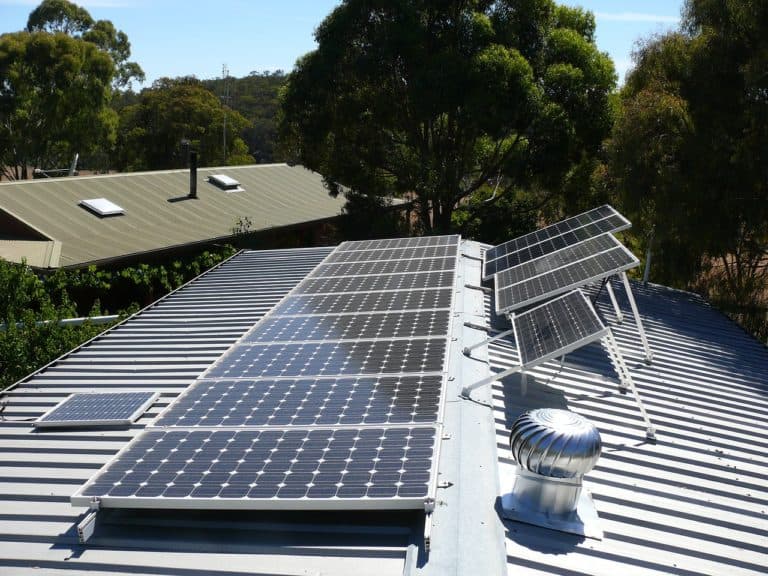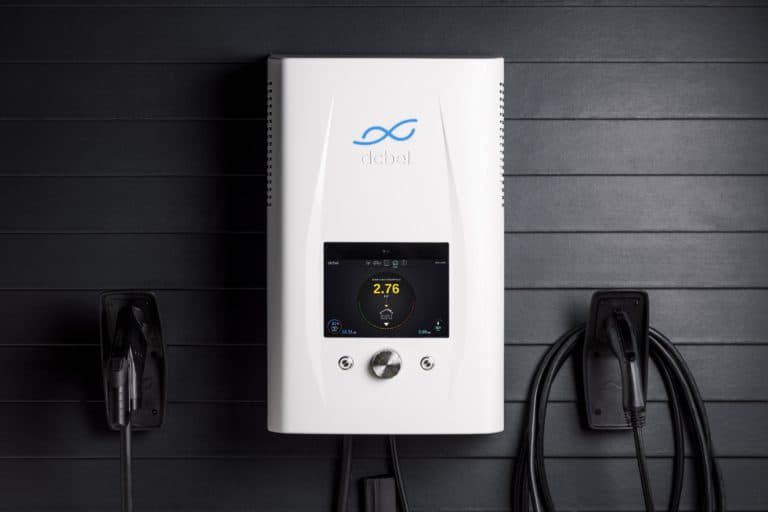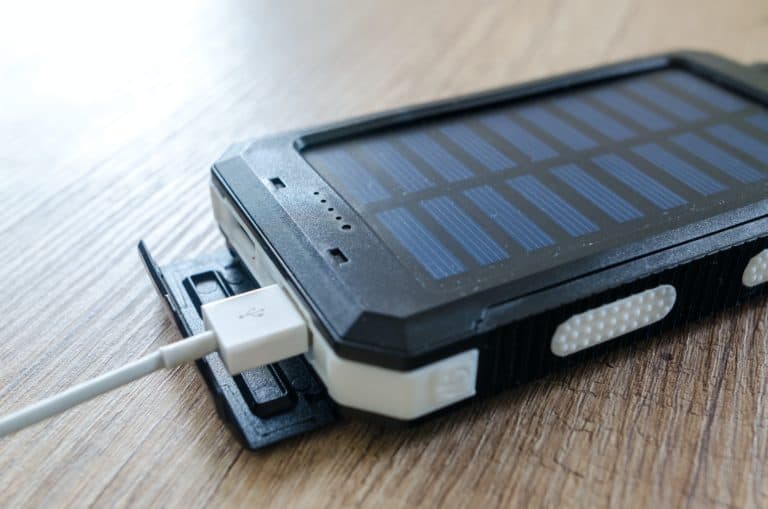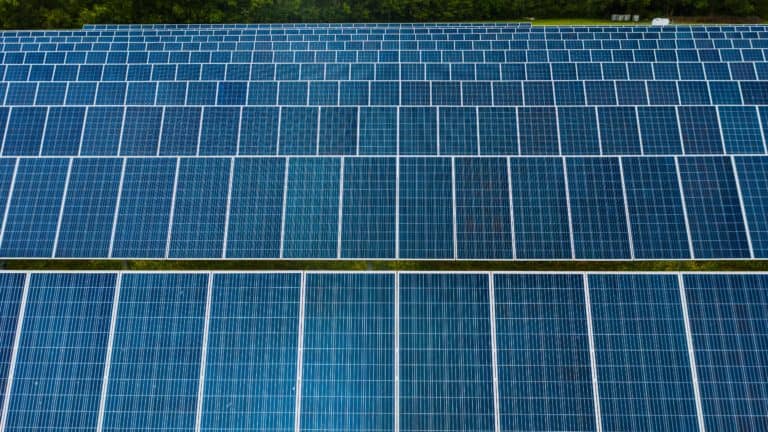Powering a green future: UK’s strides in delivering solar power
Solar power provides a renewable, environmentally friendly, abundant, and never-ending energy source for humanity.
As part of its efforts to develop sustainable, affordable, secure, and scalable sources of clean energy, the United Kingdom has increased its adoption of solar power as one component of its energy mix.
Current developments in PV solar energy
In the last decade, there has been a significant increase in solar photovoltaic (PV) installations throughout the United Kingdom.
This can be attributed mainly to the incentives provided by the government and the rising demand for clean electricity.
As of 2021, the United Kingdom had a total installed solar capacity of 13.63 GW, with residential rooftop solar photovoltaic consumers accounting for 23.6% (3,218 MW) of the overall capacity.
Most of these installations are below 10 kW, with sub-4 kW systems making up approximately 91.9% of all installations.
The United Kingdom has set an ambitious goal of achieving 40GW of installed solar power capacity by 2030. This is expected to create potential opportunities for companies operating in the solar power market in the coming years.
Due to the rise of smart home technologies and technological advancements, the demand for solar PV in the residential sector throughout the forecast period is expected to increase.
The main driver of growth in the residential solar PV market in the UK is the increasing energy prices in the domestic market. Energy prices have nearly tripled since 2001.
As of 2020, the average cost of domestic gas has risen by 221%, while electricity costs have increased by 193%.
Because of this significant rise in energy prices, many homeowners are turning to solar power as a means of reducing their home energy costs.
As a result, there has been an increase in orders for solar modules between 2020 and 2021.
The solar power market in the UK is projected to experience a compound annual growth rate (CAGR) of over 5% from 2022 to 2027.
This growth can be attributed to favourable government policies and increasing demand for renewable energy sources as a means of reducing reliance on fossil fuels and decreasing carbon footprints.
Inaddition, the declining costs of solar technologies and subsidies on solar systems are contributing factors driving this market’s expansion.
Despite the rising demand for PV solar systems, limited land availability and competition from other alternative renewable energy sources may hinder further growth in the UK solar power market.
Furthermore, the UK solar power market is projected to experience a compound annual growth rate (CAGR) of more than 5% during the period from 2022 to 2027.
Despite the rising demand for photovoltaic (PV) solar systems, limited land availability and competition from other alternative renewable energy sources may hinder even much further growth in the UK solar power market.
Investment in space-based solar power
The government has recently allocated $4.3 million in funding to advance the innovative technology of the space-based solar power (SBSP) industry in the United Kingdom.
SBSP simply involves capturing solar energy in space and transmitting it to Earth, thus addressing the issue of renewable energy irregularities on land.
SBSP comprises a group of massive satellites positioned in a high orbit around the Earth, where the sun is visible for over 99% of the time.
These satellites collect solar energy and transmit it securely to a fixed location on Earth.
The primary advantage of this technology is its ability to provide clean, consistent energy throughout the year, regardless of weather conditions.

On average, the intensity of sunlight at the top of Earth’s atmosphere is more than ten times greater than it is at the surface. At a high enough orbit, continuous access to sunlight can be obtained and harnessed for transmission to receiving stations across the globe wherever needed.
Studies and discoveries have concluded that it is possible to create a network of solar power satellites providing a significant portion of the UK’s energy requirements by the beginning of the 2040s.
Moreover, recent advancements in technology and ideas in this area have made this notion both feasible and financially competitive.
For instance, scientists at the California Institute of Technology in the US have achieved a breakthrough by transmitting solar power from space to Earth for the first time.
They accomplished this feat using a prototype spacecraft named Maple, which was launched into orbit in January.
It utilises an array of pliable and lightweight transmitters to transform electricity into microwaves, which are then transmitted to a precise location on Earth.
The receiver is located on the rooftop of a building at Caltech in Pasadena, where the microwaves are reconverted into electrical energy.
The economic impact of SBSP
A study conducted in 2021 revealed that SBSP could produce up to 10GW of electricity annually by the year 2050, which is equivalent to a quarter of the current electricity demand in the United Kingdom.
This technology has the potential to create a multi-billion-dollar industry and generate approximately 143,000 jobs across the country – aligning with one of the top priorities of boosting economic growth.
The cost benefits ratio is a measure of the potential economic impact resulting from public sector investment.
For the SBSP program, the ratio is calculated to be 1.8, meaning that for every £1 of public funds spent on developing the first-of-a-kind system, an additional £1.80 will be supported in the UK economy throughout the life of the program.
The total cost of the program up to 2040 for SBSP prototype is estimated at £17.3 billion in present value terms, including £16.3 billion for development costs and £1 billion for operating expenses over its lifespan.
What risks are involved?
The development of SBSP would be a significant endeavour due to the system’s size and the requirement for assembly and integration in space.
The solar power satellite would be much larger in mass and extent than any spacecraft currently orbiting.
Achieving the necessary performance requires a low system mass and efficient power transfer through the energy chain from space-based solar photovoltaic panels to the electricity grid.
The overall power-to-mass ratio is approximately 0.5-1.0 kW/kg, which is considered ambitious but achievable with a dedicated development program.
